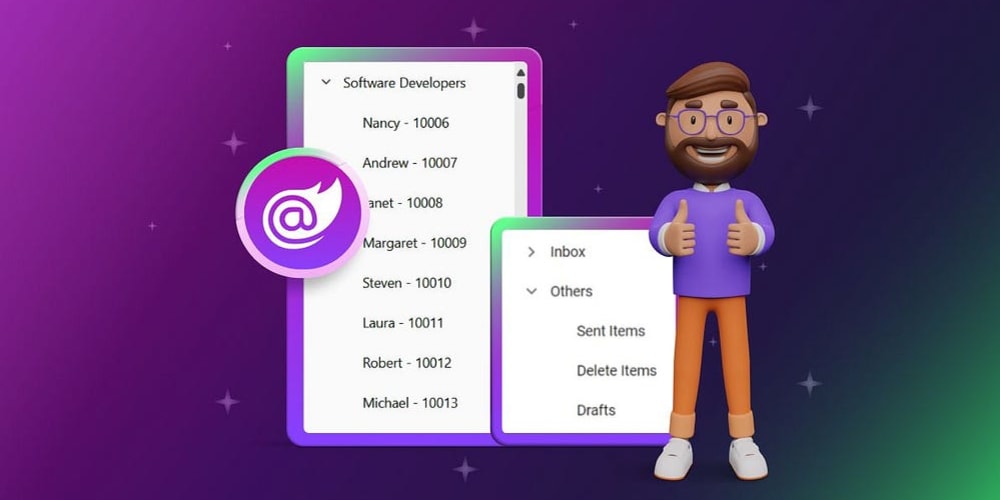In data warehousing and database management, different kinds of schemas are used to organize and structure data efficiently for various purposes. Schemas are essentially blueprints or logical structures that define how data is stored, relationships between tables, and how it can be accessed and analyzed.
Here are some of the most common types of schemas used in databases and data warehousing:
1. Star Schema
A star schema is a simple and commonly used schema in data warehouses. It gets its name from the star-like structure formed by a central fact table connected to several dimension tables.
Components:
- Fact Table: Contains the main data or metrics (e.g., sales, revenue, or profit).
- Dimension Tables: Contain descriptive attributes related to the facts (e.g., customer, product, date).
Use Case:
- Suitable for simpler reporting systems where query performance is prioritized over storage efficiency.
Advantages:
- Simple to design and understand.
- Queries are fast because there are fewer joins.
Disadvantages:
- Dimension tables can contain redundant data due to denormalization, leading to higher storage costs.
2. Snowflake Schema
A snowflake schema is a more complex version of a star schema. In this schema, dimension tables are normalized (i.e., split into smaller tables) to reduce data redundancy and save storage space.
Components:
- Fact Table: Same as the star schema.
- Normalized Dimension Tables: Dimension tables are further broken down into related sub-dimensions.
Use Case:
- Ideal for large-scale data warehouses where storage optimization is important.
Advantages:
- Reduces redundancy and storage requirements.
- Easier to maintain data consistency.
Disadvantages:
- More complex structure makes it harder to query.
- Queries are slower due to the multiple joins needed.
3. Galaxy Schema (Fact Constellation Schema)
A galaxy schema, also known as a fact constellation schema, contains multiple fact tables that share dimension tables. This structure is often used when a data warehouse has several related subjects that need to be analyzed together.
Components:
- Multiple Fact Tables: Stores data for different business processes.
- Shared Dimension Tables: Dimension tables are shared across the fact tables.
Use Case:
- Suitable for large enterprise data warehouses that need to support multiple fact tables, such as sales and inventory management.
Advantages:
- Efficient for complex reporting and querying across multiple business processes.
Disadvantages:
- High complexity in design and maintenance.
- Query performance can be slower compared to simpler schemas.
4. Flat Schema
A flat schema is a simplistic schema where all data is stored in a single table. There are no relationships between tables, meaning all information is stored in one large table, often called a flat file.
Components:
- A single table without any joins or relationships.
Use Case:
- Suitable for small datasets or simple applications, such as logs or configurations, where relationships between entities are not important.
Advantages:
- Extremely simple and easy to implement.
- Easy to query since there are no joins.
Disadvantages:
- Not scalable for large datasets.
- High data redundancy, leading to increased storage costs.
5. Starflake Schema
A starflake schema is a hybrid schema that combines elements of both the star schema and the snowflake schema. Some dimensions are normalized, while others remain denormalized, depending on the complexity and storage needs.
Components:
- Fact Table: A central table for storing metrics.
- Mixed Dimension Tables: Some dimension tables are denormalized (like in star schema), while others are normalized (like in snowflake schema).
Use Case:
- Useful when a balance between performance and storage efficiency is needed.
Advantages:
- Offers flexibility in design—denormalize where performance is critical and normalize where storage optimization is needed.
Disadvantages:
- Slightly more complex than a star schema but less so than a full snowflake schema.
6. Normalized Schema
A normalized schema follows the principles of database normalization, which involves organizing data into tables to reduce redundancy and ensure data integrity. It typically involves multiple tables with relationships established through foreign keys.
Components:
- Many Tables: Each table represents a distinct entity, with relationships defined by foreign keys.
Use Case:
- Suitable for transactional systems (OLTP) where data consistency and efficiency in updates and inserts are important.
Advantages:
- Reduces data redundancy.
- Ensures data integrity and consistency.
Disadvantages:
- Complex structure can make querying less efficient, requiring many joins.
- Not ideal for analytical processing (OLAP).
7. Denormalized Schema
A denormalized schema intentionally introduces data redundancy by combining related entities into fewer tables. This is often done to improve query performance by reducing the need for joins.
Components:
- Fewer, Larger Tables: Contains redundant data to speed up reads.
Use Case:
- Commonly used in OLAP systems for reporting and analytics, where read performance is more important than storage optimization.
Advantages:
- Faster query performance due to fewer joins.
Disadvantages:
- Increases storage requirements.
- More difficult to maintain data consistency.
8. Data Vault Schema
A data vault schema is a highly scalable and flexible schema used in large data warehouses. It separates data into three types of tables: hubs, links, and satellites. This schema is used for capturing historical data in a way that allows changes in the source system to be easily managed.
Components:
- Hub: Contains unique business keys (e.g., customer IDs).
- Link: Represents relationships between hubs (e.g., orders made by customers).
- Satellite: Holds descriptive data for hubs or links (e.g., customer name, address).
Use Case:
- Ideal for large-scale data warehousing projects with a focus on historical tracking and auditing.
Advantages:
- Highly scalable and flexible.
- Easily handles changes in business processes or source systems.
Disadvantages:
- Complex design and implementation.
- Not as fast for querying as simpler schemas like star schema.
9. 3NF Schema (Third Normal Form Schema)
A 3NF schema is a normalized schema that follows the Third Normal Form (3NF) in database design. This means that it ensures all non-key attributes are functionally dependent only on the primary key.
Components:
- Normalized Tables: Divides data into many related tables, ensuring minimal redundancy and dependencies.
Use Case:
- Typically used in OLTP systems where data consistency and write operations are prioritized.
Advantages:
- Efficient in terms of storage.
- Maintains data integrity and avoids duplication.
Disadvantages:
- Complex design can lead to performance challenges in querying.
Conclusion
Each type of schema serves a specific purpose depending on the use case, data size, and the need for performance versus storage optimization.
- Star Schema and Snowflake Schema are popular in data warehousing for reporting and analytics. I have detailed blog on this Here
- Galaxy Schema is suitable for complex, enterprise-level systems.
- Normalized and Denormalized Schemas are common in transactional databases, with trade-offs between data integrity and query performance.
Choosing the right schema depends on your project’s specific needs—whether you prioritize query speed, data integrity, or storage efficiency. In summary, understanding the different types of schemas and their appropriate use cases can help you design a more efficient and effective data architecture, catering to your organization’s specific needs.
If you have any questions or experiences to share about working with these systems, feel free to drop a comment below!
And If you are looking to supercharge your team with a seasoned Data Engineer? Let’s connect on LinkedIn or drop me a message—I’d love to explore how I can help drive your data success!


















